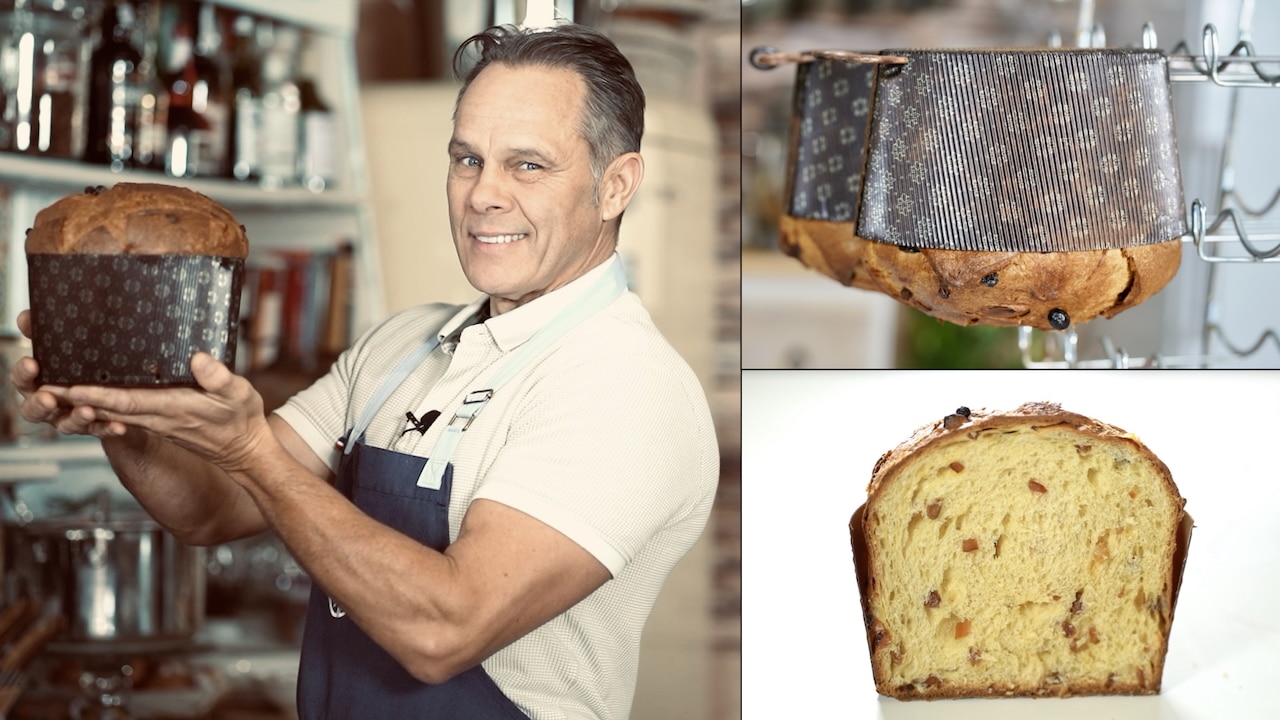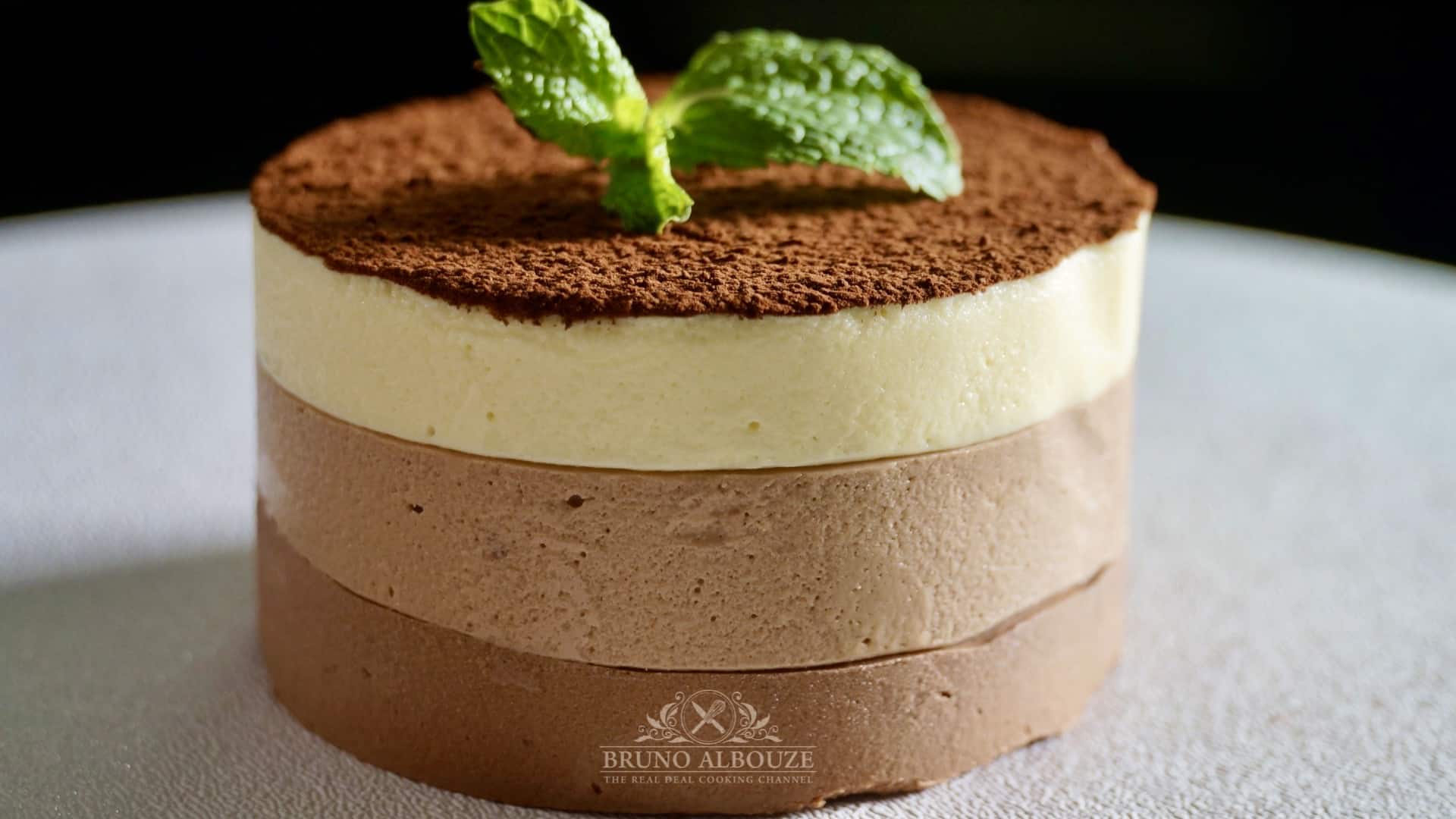Opera Cake
Please note: This recipe is part of the Premium section.
A masterpiece of French pâtisserie, the Opéra Cake is more than a dessert; it is an edible sonnet of precision and flavor. Its origins, whispered from the early 20th century, are championed by legendary chefs like Cyriaque Gavillon and Gaston Lenôtre, who perfected its form. Each slice reveals a stunning cross-section: layers of ethereal almond joconde sponge, deeply aromatic with coffee syrup, are interlaced with strata of silken chocolate ganache and impossibly light French coffee buttercream. To experience it is to understand a perfect culinary harmony—a rich, bittersweet symphony where the robust intensity of coffee and the profound depth of dark chocolate perform in flawless concert, leaving a lingering desire for just one more sublime bite. Get ready to learn the method that will elevate your baking from good to truly professional.
Please note that the full access to this content needs a "Year at the table" subscription: please sign up.
“The Opera Cake Made Me Fall in Love with My Husband!”
This recipe is a protected and only available for paid members. To obtain the full step by step recipe and detailed ingredients list, please sign up.
Preview the recipe
Opera Cake
- The opera cake can be built using a 13X18-inch/33x46cm sheet pan, or the French Matfer Bourgeat 15 3/4X11-inch/40x30cm mousse set frame. Opera cake is built using 3 layers of Joconde biscuit, heavily soaked in coffee syrup, 2 layers of coffee buttercream and one layer of chocolate ganache. The cake is then glazed with a semi-hard dark chocolate coating. Opera cake shall not exceed 1.25 inches/3.2cm in height. To manage hectic schedules, break down the process into manageable steps. By preparing certain components in advance, you can streamline the final assembly and ensure a flawless outcome. The Joconde biscuit, chocolate ganache, the glaze and the coffee syrup can be prepared days in advance. The day you wish to assemble the cake, make the buttercream and build the opera cake.

Coffee Syrup
- The use of gelatin prevents coffee syrup from oozing out from Joconde biscuit. It remains optional though. Soak gelatin in cold water to soften; drain and set aside. Bring water, espresso and sugar to a boil. Remove from heat and add gelatin. Add Nescafe or coffee extract to taste. Use coffee syrup at room temperature, or lukewarm.

Coffee Flavored French Buttercream
- French buttercream is a luxurious filling that has a creme anglaise base, giving it a uniquely rich and custardy texture. To make French buttercream, start by bringing milk to a quick boil along with coffee beans, Nescafe, and vanilla. Cover and let infuse for 30 minutes. This infusion process allows the milk to absorb the flavors of the coffee and vanilla, adding depth and complexity to the buttercream. In a separate bowl, beat egg yolks with sugar. Next, bring the coffee infused milk back to a boil and carefully temper the egg-sugar mixture by slowly incorporating the hot milk into the bowl while continuously whisking. Cook the mixture until it reaches 185ºF/85ºC.
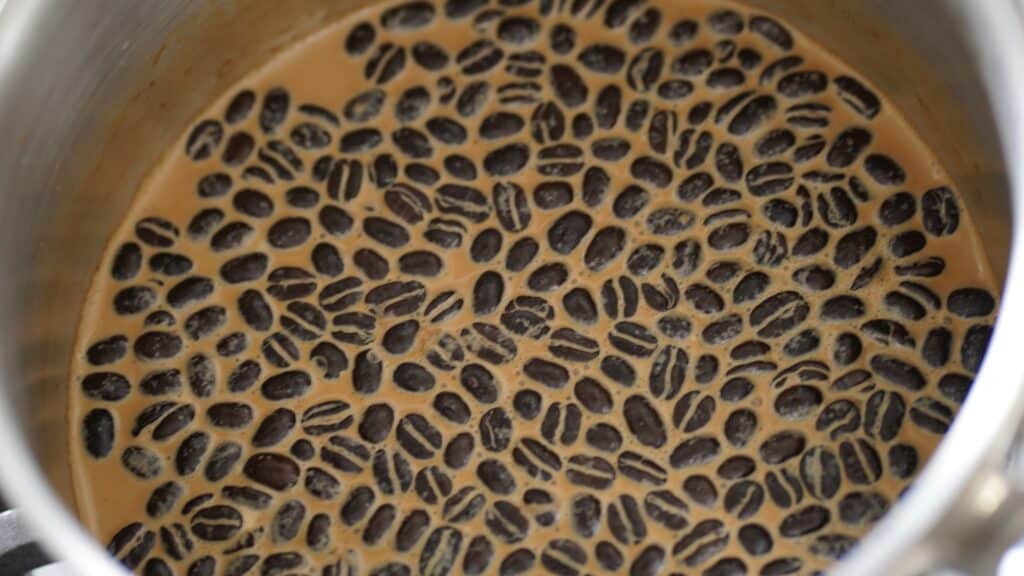
- Strain it over a mixing bowl, discard coffee beans. Rinse and save vanilla pod.

- With the whisk attachment, begin to whip crème Anglaise on medium speed allowing the mixture to cool to 82ºF/28-30ºC. Then add the cubed and cooled butter gradually to the tempered custard.

- Increase mixer speed to high, and beat buttercream until it becomes light, airy, and fluffy. Add a few drops of coffee extract of needed. If your buttercream separates or becomes too soft, there are easy fixes to bring it back to the desired consistency. Gently warm up the mixture using a blow torch or a bain-marie to help the ingredients emulsify and come together. Alternatively, if the buttercream is too soft, place it in the freezer for a brief period to firm up before whipping it again to regain the desired texture. Remember to always use French buttercream at room temperature for the best results.
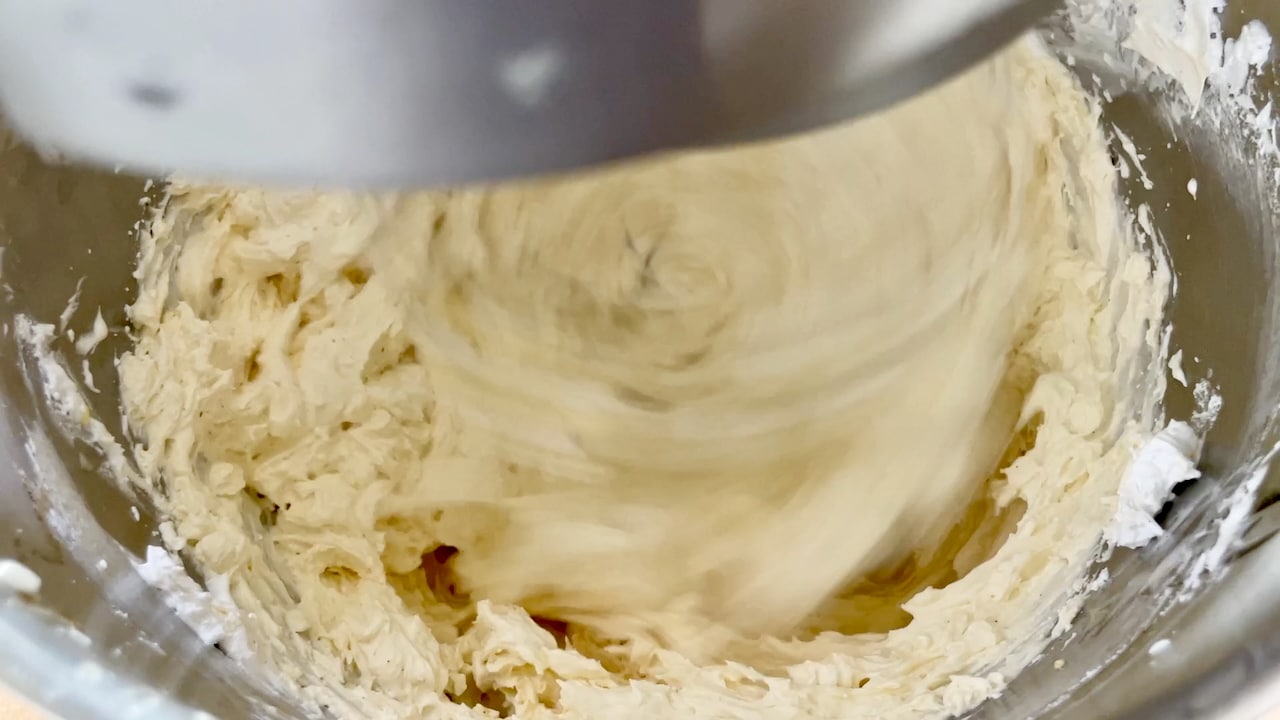
Opera Ganache
- Melt chocolate over water-bath but not completely. If you still have pieces of chocolates it's ok. Meanwhile, bring to a boil heavy cream and corn syrup. Let stands for 5 minutes. With a rubber spatula, incorporate a third of the heavy cream. Mix in remaining heavy cream gradually. When ganache temperature reaches 113ºF/45ºC, add cubed butter and mix using an immersion blender until it becomes smooth and silky. For the opera, use ganache in the semi liquid stage – still warm. If too stiff, gently rewarm.

Chocolate Chablon
- Chablon verb: chablonner in French means to seal/coat a sponge with a thin layer of chocolate. It strengthen bottom cakes that are heavily moisturized with syrup. Melt chocolate and oil together. Use at 104ºF/40ºC.
- Joconde biscuit sheets.

Opera Montage
- Oil baking tray and line it with plastic wrap. Place parchment paper over the first Joconde biscuit, flip and remove silicone mat. Top with parchment and flip again (skin side up). Spread the chocolate chablon over the whole surface of the biscuit sheet; remove excess chocolate. Top with parchment and chill to set. Flip and place inside the baking tray (chablon side down).

- Soak biscuit with coffee syrup; it should be saturated. If you notice some flooding spots, gently pat dry with paper towels.

- Spread evenly the first layer of coffee buttercream (half), making sure it's evenly distributed.

- Apply the second Joconde biscuit onto buttercream; remove silicone mat. Repeat and soak Joconde with coffee syrup. Spread ganache evenly and top with the last Joconde sheet.

- Soak sponge with coffee syrup again, and spread the remaining buttercream. Even out the surface of the cake making sure it does not go higher than the sheet pan. Remember, a finished opera cake shall not exceed 1.4-inch/3.5cm in height. Place cake in the refrigerator overnight – Gently heat up a large offset spatula over the flame; or hot water. Smooth out the surface of the cake; chill cake overnight. To remove cake from tray, top cake with parchment or baking mat, top with a baking tray and flip. Cut cake in half, and refrigerate cake until ready to glaze. Do not freeze before glazing, otherwise condensation will form on the surface of the buttercream. It may also crack.

Homemade Chocolate Coating
- *Chocolate coating pâte à glacer in French or compound coating or chocolate-flavored coating is an inexpensive ''waxy'' chocolate substitute where cocoa butter is replaced with less expensive vegetable fat. Chocolate coating is used in opera glaze to obtain its very distinctive semi-hard glossy finished. Opera cake should never be glazed otherwise such as chocolate mirror glaze. Gently melt chocolate and incorporate melted fat. Do not overheat.
Opera Glaze
- Melt chocolate along with chocolate coating and oil, and pass through a fine mesh sieve. Tap container to remove any remaining air bubbles. Use opera glaze at 104ºF/40ºC.
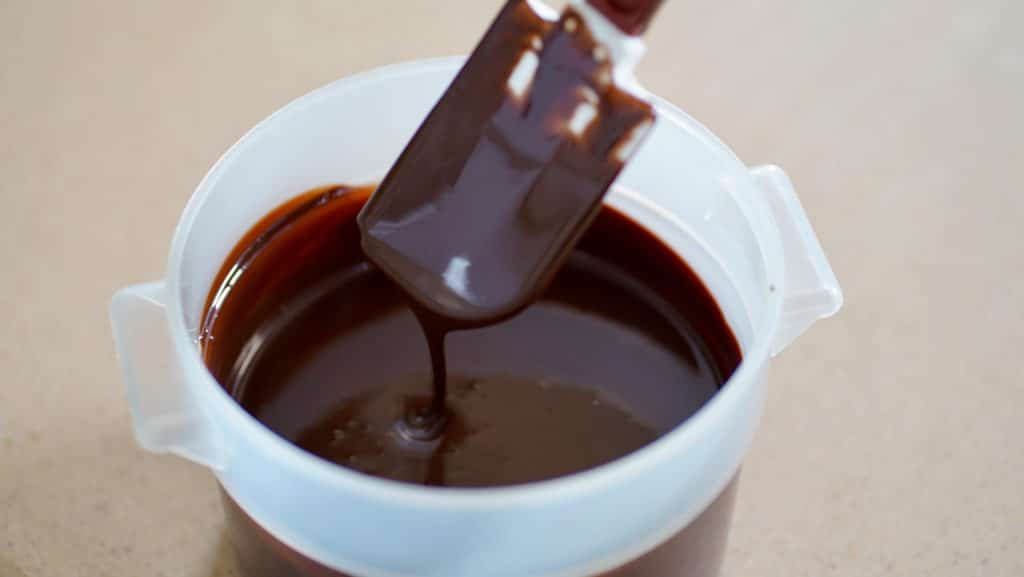
Glazing Opera
- Place cake on a cooling rack standing over a baking tray lined with plastic wrap. Place the first cake half onto the rack. Rewarm glaze to 104ºF/40ºC. To make glazing easier, transfer glaze to a 9.5-inch/25cm pullman loaf pan. Glaze cake from left to right. With a reasonable pressure, even out the surface of the cake with a large offset spatula. Refrigerate cake to set.

- Save chocolate glaze for the other half, rewarm and sieve. To obtain a pattern of thin striated lines, follow the same procedure – immediately cover the glaze with a large sheet of plastic wrap. Gently stretch out both sides chasing air out meanwhile creating striations sideways; refrigerate to set. Remove plastic wrap, and gently caress the surface with edible gold powder. Or, for a light velvety finish, freeze striated cake for 3 hours. Then, gun spray using dark chocolate enrobage mixture at 113ºF/45ºC. Refrigerate cake.

Storage
- Store opera cake for up to 5 days in the refrigerator. Opera cake can also be kept frozen for up to 3 months.
Cutting Opera
- Opera cake can be served as a whole or cut into individual portions (bars, triangles, petits fours). To make neat cuts, heat your chef knife blade in hot water, or over flame. Wipe off with paper towels between each cut. Trim cake edges first, and split in half. Cut each half into twelve 4.7-inchX1.25-inch/12 X3.2cm bars, or 4X1.6-inch/10X4cm. Right before serving, blow the surface of the cake using your hair dryer. Enjoy!

This content is part of the PREMIUM SECTION

This recipe requires a All-content access subscription. The Premium section includes more than 50 essential recipes from French pastry and a special section for mastering artisanal bread.
The Premium section is only accessible with "A year at the table" subscription. Discover it with special first year discount.



